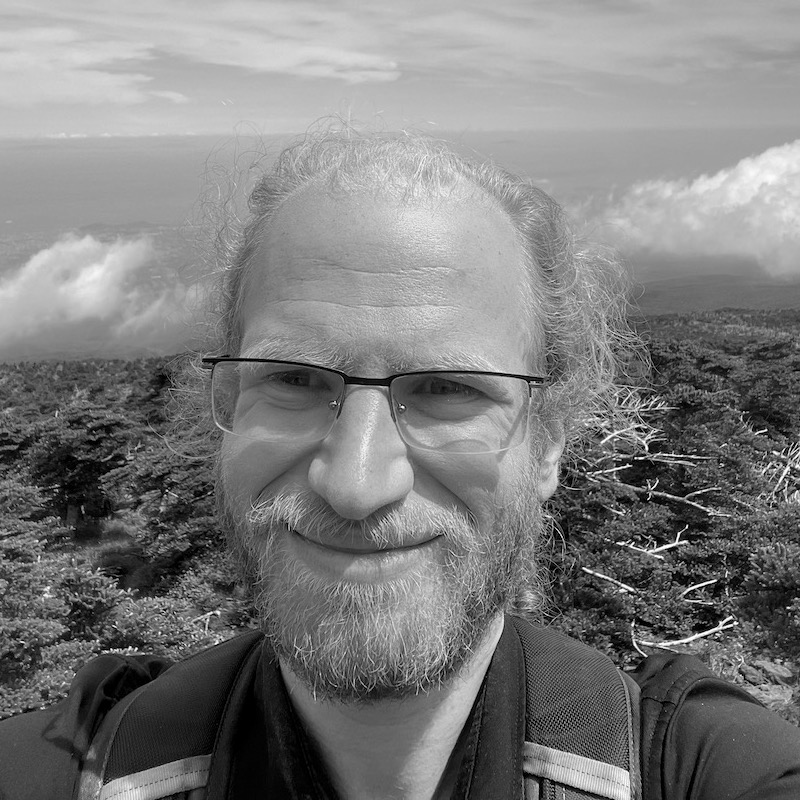
Today we are tackling an important topic that we think anyone working in the free to play game space should have an understanding of: the Player Lifecycle.
Player Lifecycle can be a complicated concept. There are many different elements and phases to it. We hope that this series will help you not only gain a better grasp on it, but also provide you with ways to turn all your players into daily users.

So, what is the Player Lifecycle? Quite simply, it is the stages a player goes through in your game. Knowing all of the stages is crucial knowledge to have, because each stage requires a different type of messaging cadence and tone. Knowing the difference between where players are in the cycle should directly inform your strategy. Think about it: it would be odd to message dormant players three times a day, right? But you might want to do that for players who are more active.
Let’s break down the phases of the Lifecycle:
- New Player
This is someone who has just installed your game and is spending some time getting to know it. They’re tapping around, playing the first levels, learning the basics. - Core Player
Your most active players. They are coming back every or nearly every day, playing, tapping notifications, claiming rewards, making purchases, engaging and having fun in your game. For an established title, it’s not uncommon for 80-90% of DAU to be considered Core. - Risk Player
This is where it gets tricky and definitions are important to understand. A Risk Player is still playing your game and will show up as active, but they are less active than your Core Players. Maybe they are playing 2 or 3 days a week as opposed to 5 or 6 days a week. They are an important group to keep an eye on, and we’ll be covering them in our next article! - Lapsed Player
A lapsed player is someone who has gone for some period of time without launching the game at all. At Teak, we believe the period of time to be considered “lapsed” should be one week. We have some tips for getting lapsed players back in our article on Writing Reengagement Content, but we’ll go deeper in the next few weeks. - Dormant Player
Dormant Players are players who have been gone for over a month. These players have been gone long enough that you should approach them with a “reacquisition” strategy instead of reengagement. - Resurrected Player
This is a Player who returns after being Lapsed or Dormant but now is…Resurrected! Consider creating a campaign that ‘re-onboards’ them to ease them back into the core messaging group.
It is important to note that player dropoff is absolutely normal. Across Teak, we see about 50% of players who had a session in the past six months are now Dormant. Even the highest-performing games typically see similar dropoffs.
So, where do you focus to keep players in your game? That would be Core Players and Risk Players. These Players are the ones most likely to interact with your messaging, so this is where you can make an impact, and they are the key groups to target. The first goal is to keep these players happy so they are less likely to lapse in the first place.
How do Payers and VIPs fit into this lifecycle? We recommend using those phases as an overlay on the Lifecycle. For example, Core Players can be segmented into Payers and Non-payers, and your rewards and messaging can be tuned accordingly. Think of it this way: a VIP who hasn’t played for two weeks has more in common with a non-payer who hasn’t played for two weeks than a VIP who is playing daily. But we’ll save more on that for a future article.
Next week, we’ll dive further into the ways we think you should be engaging these players. Stay tuned for that! We’ll also cover all the other phases of the Lifecycle in upcoming articles.
Is there anything you’re curious about regarding the Player Lifecycle? What parts of it feel trickier for you than others? What can we do to help?
Cheers! Until next time,
Teak Team